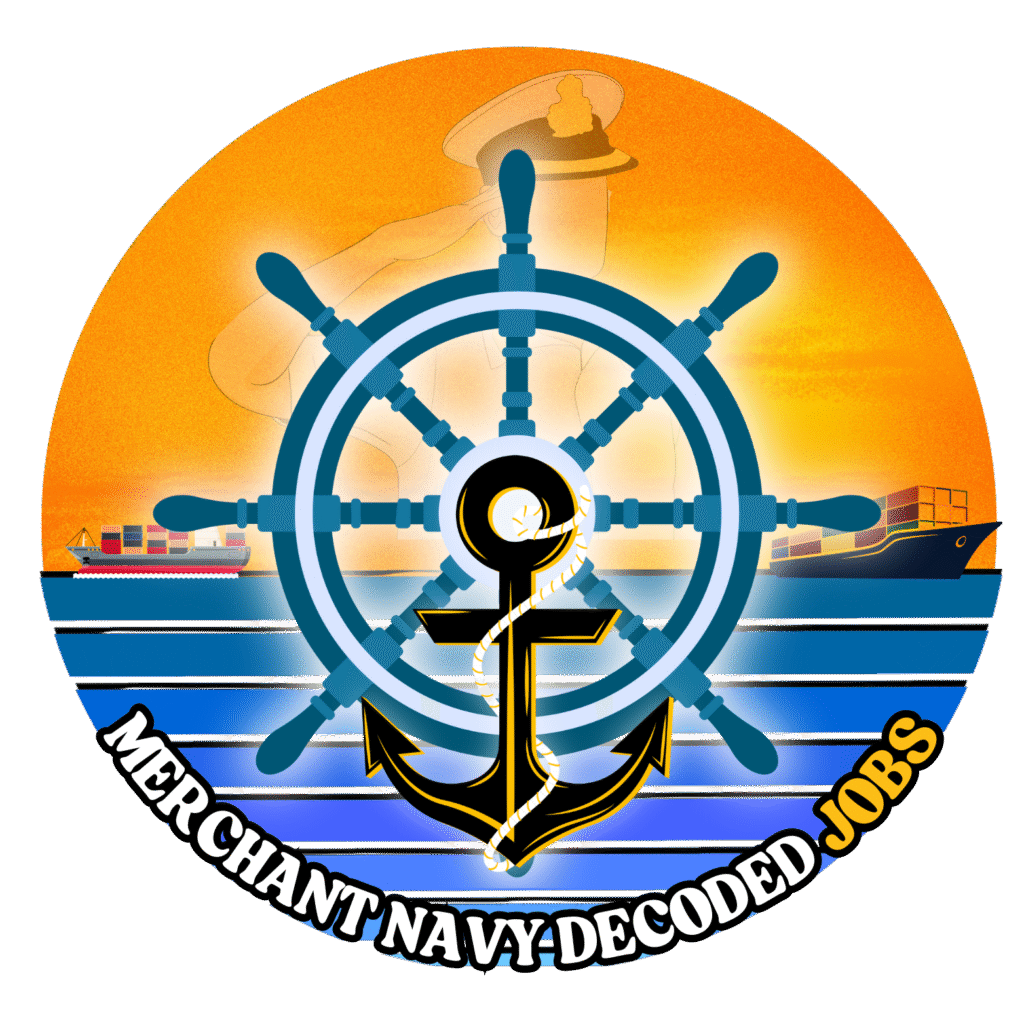Relevant rank experience required on similar type of ship* Cape Size / Post Panamax experience required
Relevant rank experience required on similar type of ship* Cape Size / Post Panamax experience required
 Merchant Navy Decoded Jobs
Merchant Navy Decoded Jobs
Sign in to access your job applications and personalized profile
By continuing, you agree to our Terms of Service and Privacy Policy